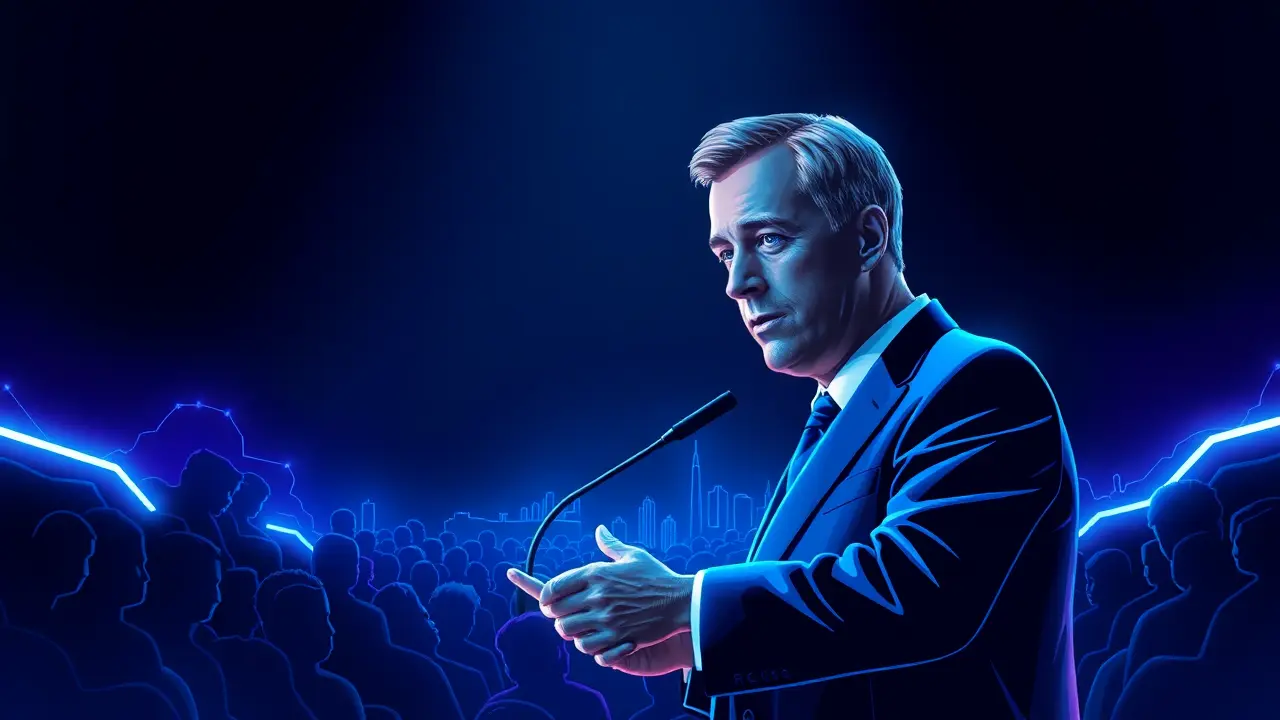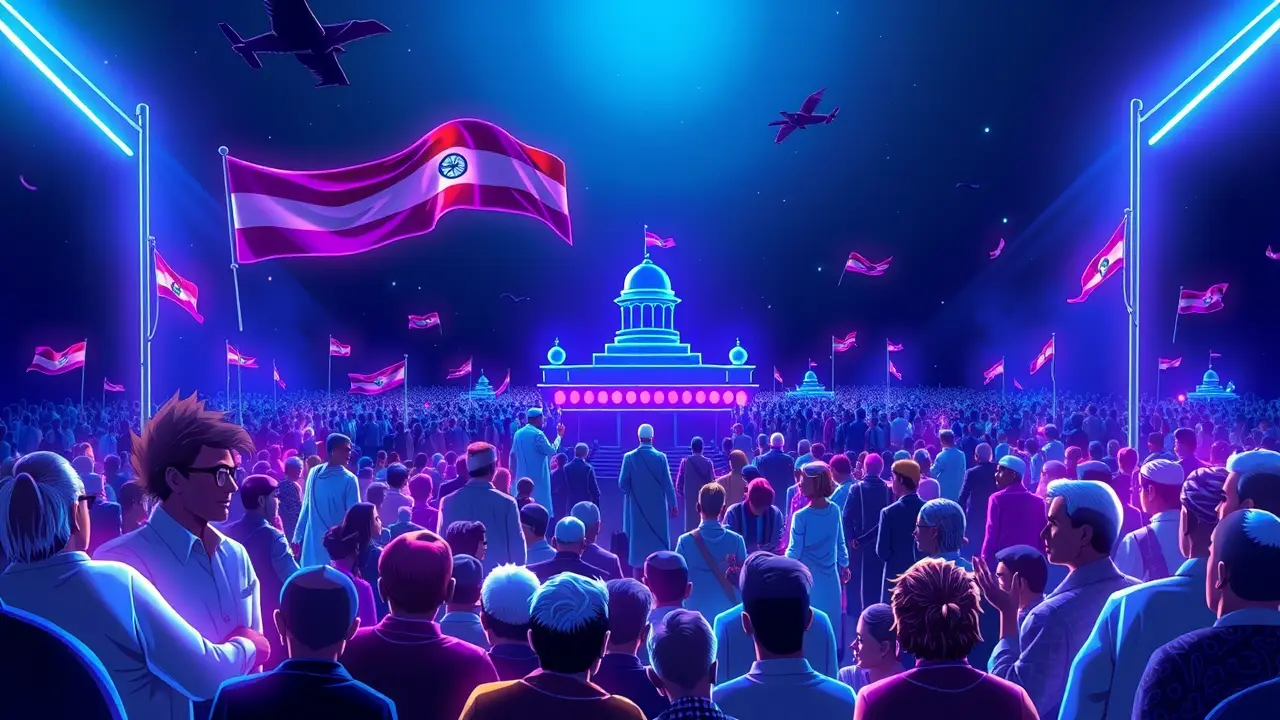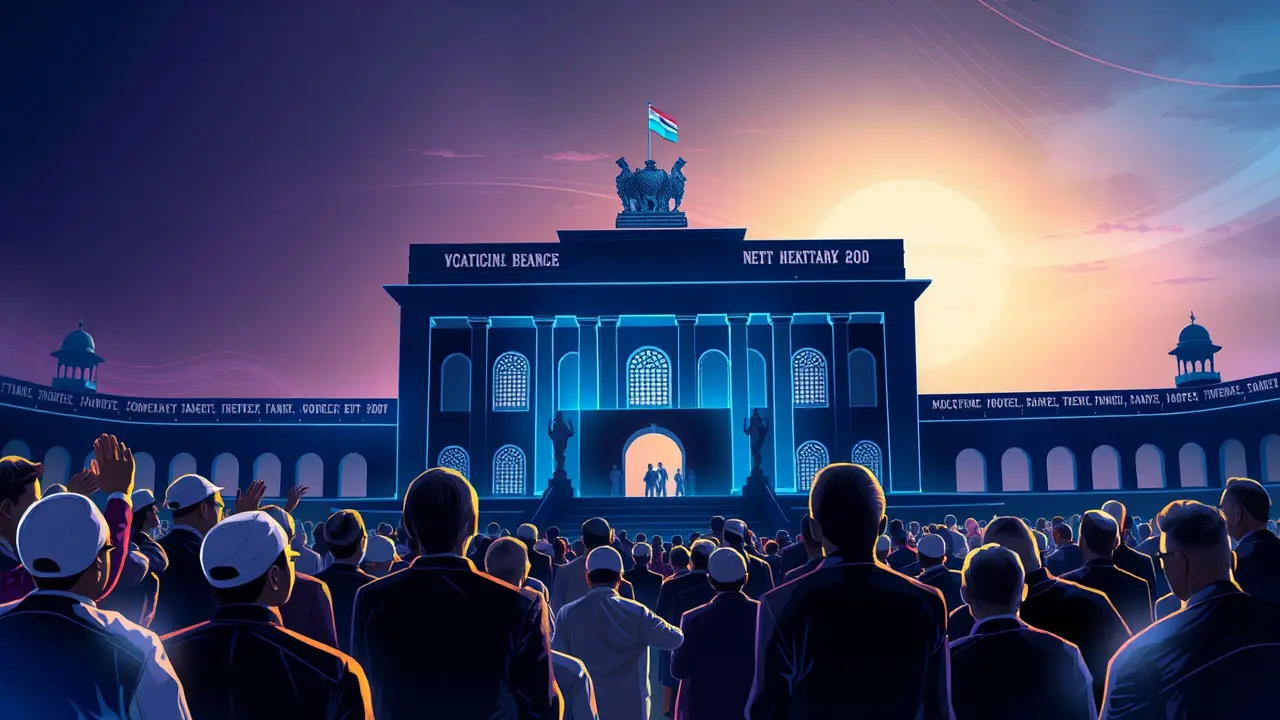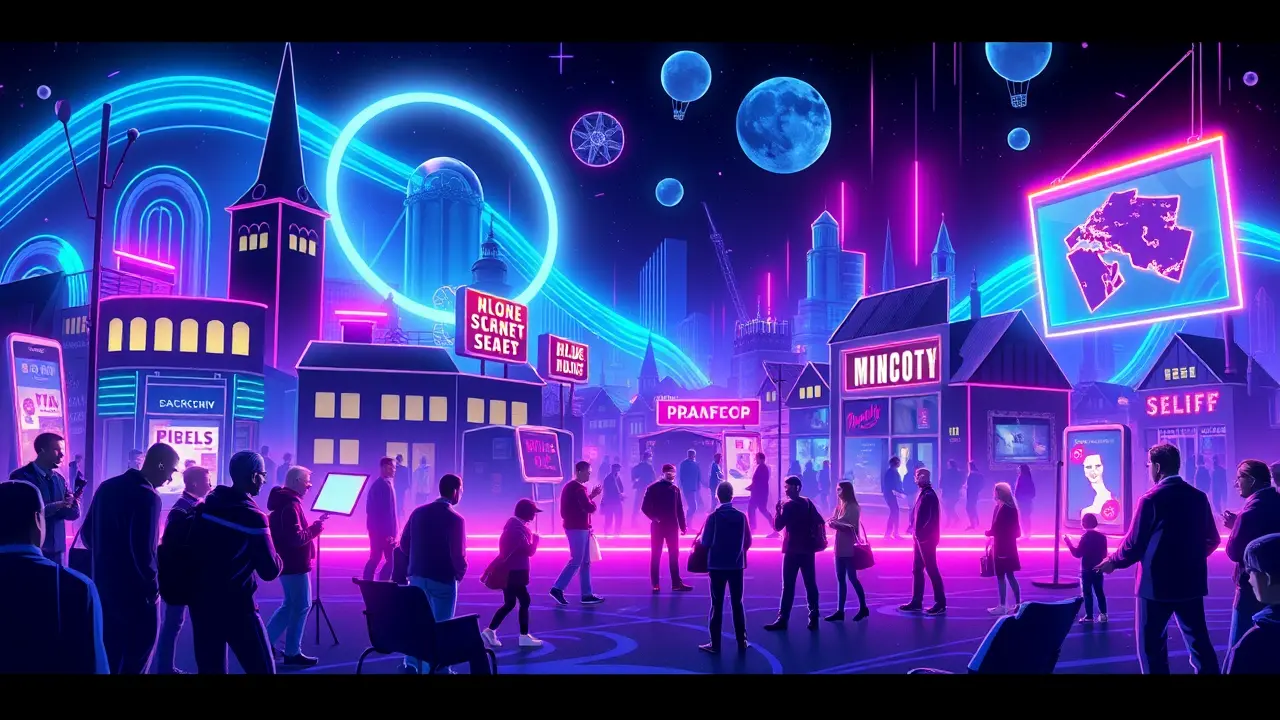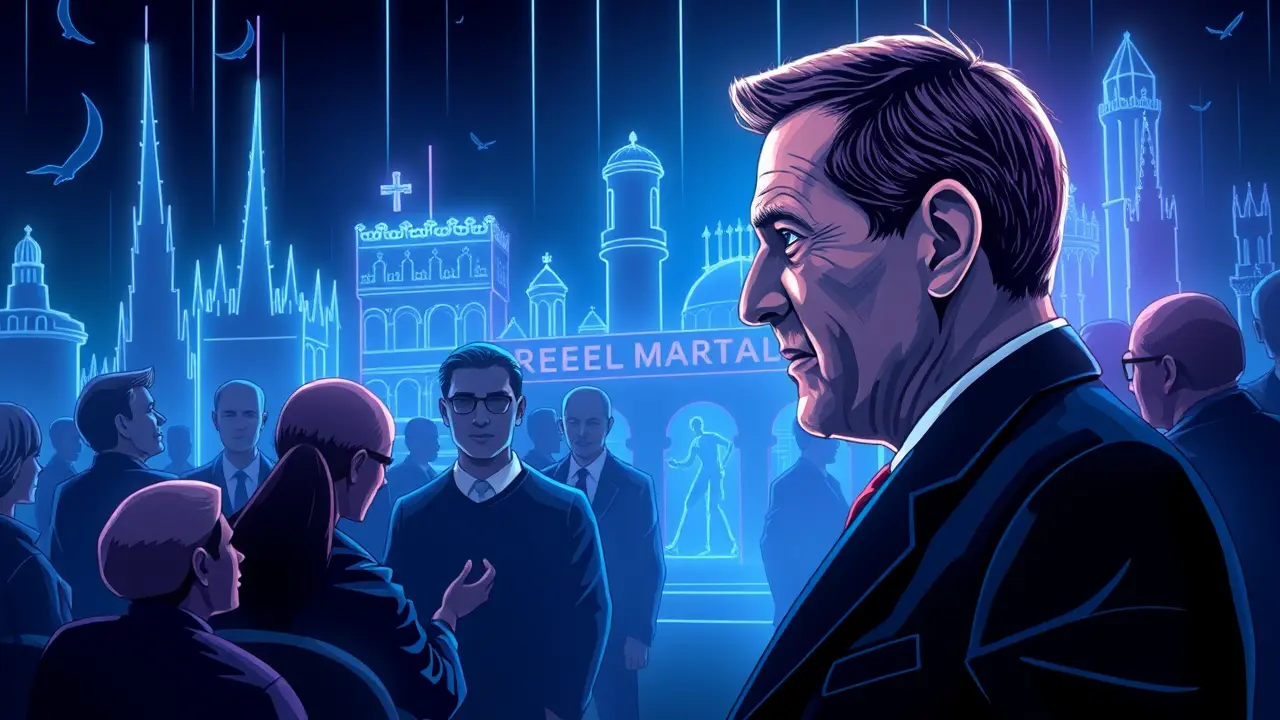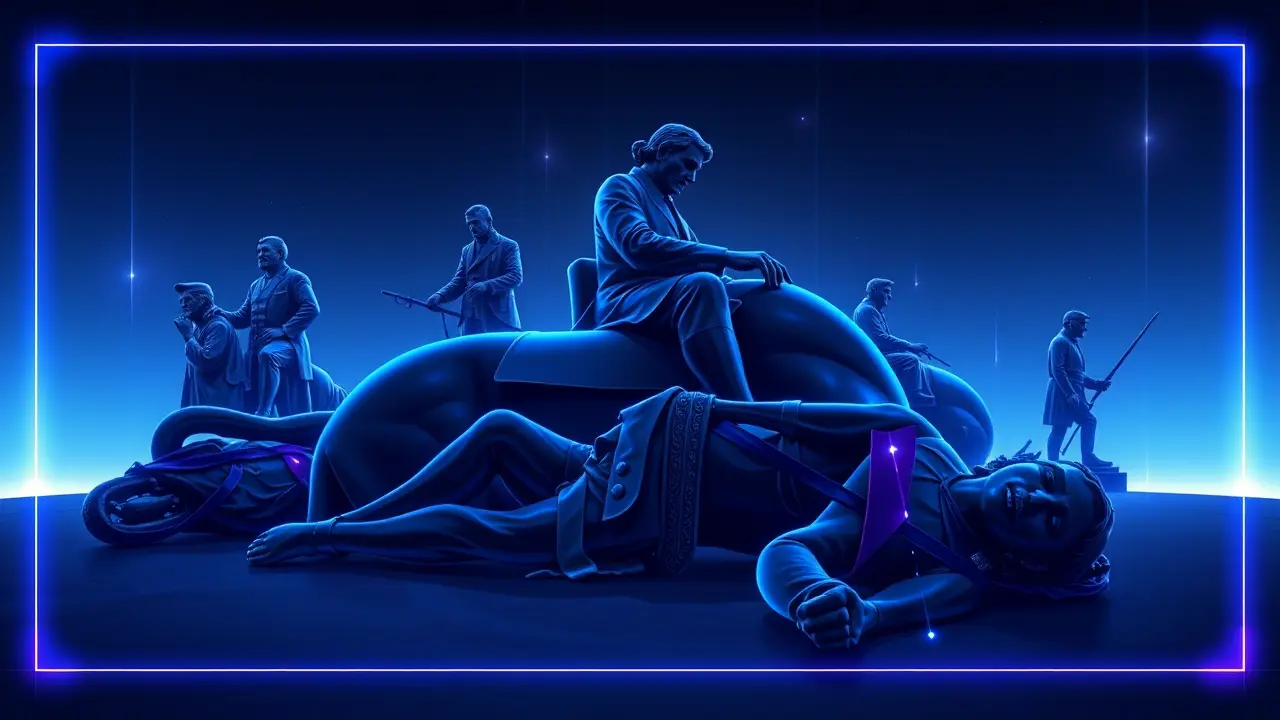
Politicscourts & investigations
Art Exhibition Reckons With Confederate Monuments and History
RO
Robert Hayes
9 hours ago7 min read3 comments
The stark, silent gallery housing a new exhibition of decommissioned Confederate statues does more than merely display relics of a bygone era; it forces a profound and uncomfortable reckoning with the very bedrock of American history, arriving at a moment of acute political polarization where former President Donald Trump actively campaigns to halt such national introspection. These bronze and marble figures, once towering over town squares as unassailable symbols of a contested heritage, now stand inert under critical gallery lighting, their plinths empty and their ideological power subjected to the cold, hard scrutiny of historical analysis.This is not simply an art show; it is a battlefield of memory, a deliberate counter-offensive in the nation's ongoing culture wars. The curatorial decision to re-contextualize these monuments—placing them in dialogue with primary source documents detailing the 'Lost Cause' mythology's construction and the brutal realities of Jim Crow—echoes the great historical reckonings of other nations, much as Germany's *Vergangenheitsbewältigung*, or 'struggle to come to terms with the past,' involved a meticulous public dissection of Nazi monuments and iconography.The timing is politically potent, almost Churchillian in its dramatic tension. Just as Winston Churchill mobilized the English language and sent it into battle, the institutions behind this exhibition are deploying historical truth as their primary weapon against a resurgent movement, championed by Trump, that seeks to whitewash school curricula and legally protect such monuments from removal, framing the act as an erasure of history rather than, as historians argue, a necessary correction of the historical record.This clash represents a fundamental dispute over national identity: is America a nation that venerates its past, however flawed, or one that critically examines it to build a more perfect union? The exhibition compels visitors to confront the fact that the vast majority of these Confederate monuments were erected not in the immediate aftermath of the Civil War but during two key periods of heightened racial tension—the dawn of Jim Crow segregation in the 1890s and the peak of the Civil Rights Movement in the 1950s and 60s—serving as unambiguous tools of intimidation and a reassertion of white supremacy. Expert commentary from historians like Dr.Eleanor Vance of Georgetown University, featured in the audio tour, notes that 'monuments are never neutral; they are political statements cast in bronze, and their placement in public space is an act of power. ' The potential consequences of this cultural moment are vast, influencing everything from local school board elections to the upcoming presidential race, where rhetoric surrounding national heritage and 'greatness' will be central. The analytical insight is clear: the fight over these statues is a proxy for a deeper struggle over who controls the narrative of America's origin story, a battle between a nostalgic, sanitized vision of the past and a clear-eyed, albeit more complicated, acknowledgment of a history stained by the original sin of slavery and its enduring legacy.
#Confederate monuments
#art exhibition
#American history
#decommissioned statues
#Donald Trump
#political reckoning
#editorial picks news
Stay Informed. Act Smarter.
Get weekly highlights, major headlines, and expert insights — then put your knowledge to work in our live prediction markets.
Related News
© 2025 Outpoll Service LTD. All rights reserved.
